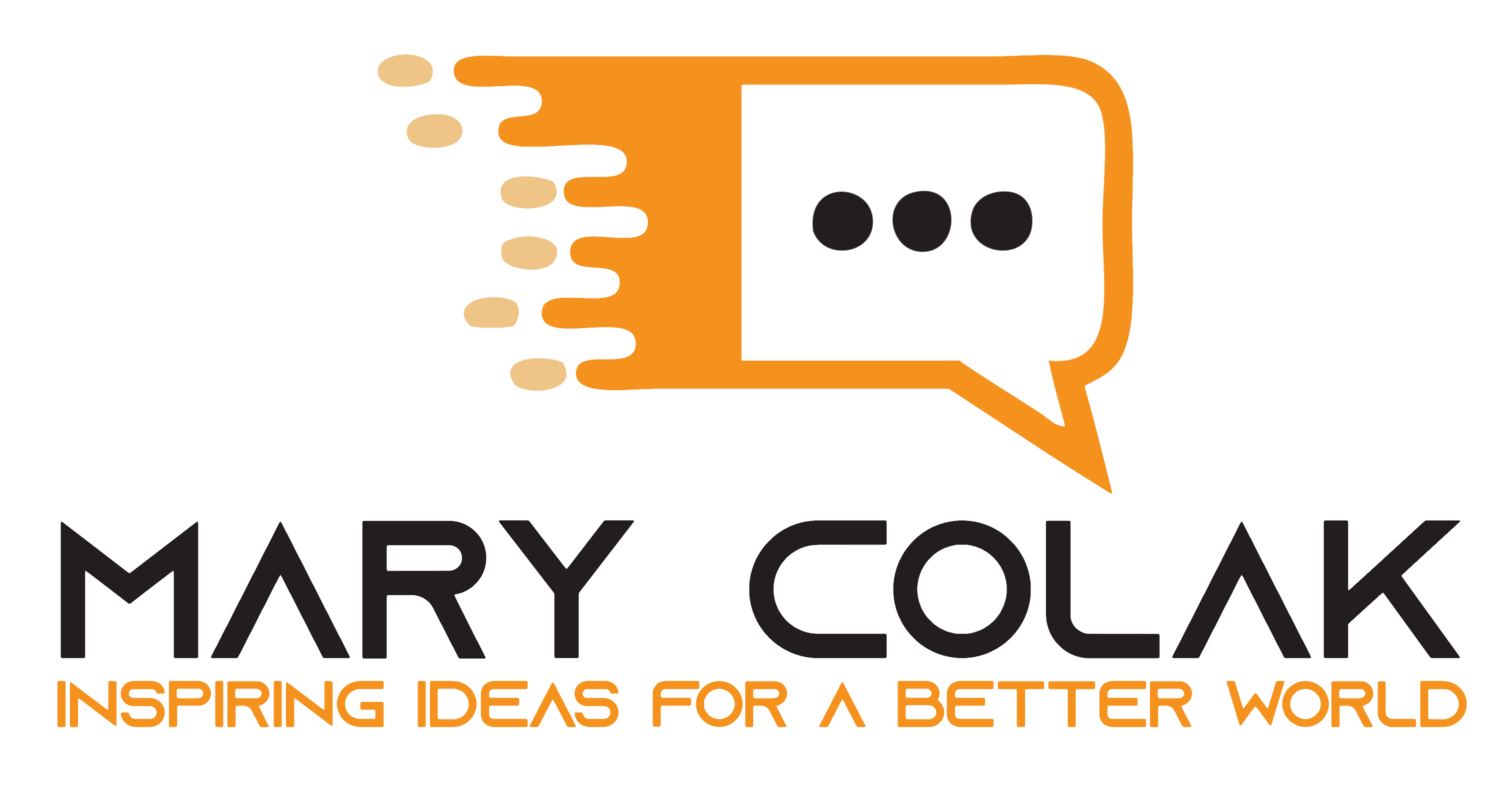Trust vs fear, how to build trust in teams
Trust vs Fear
How do you build trust? According to Harvard, the simplest way to build trust is to create a perception of similarity. That is, we trust those that we believe are similar to us.
We can find that similarity with those that participate in similar hobbies, work at the same company, attend the same church, play the same sports, and so on. In this way, we form a ‘bond’ with that person; a bond that enables us to influence, and be influenced by, that person to achieve our goals. Our work performance is better when we work with those we trust. However, some organizations also get good job performance through fear. Let me explain.
When you see employees get promoted to higher ranks based on their never-ending “agreeability” with their supervisors, while those that challenge the status quo seem to stay put, there is reason to believe that fear is at play. It may be that the leadership in these organizations is incapable of trusting itself to promote those who are confident enough to challenge and start conversations that might lead to change.
Self-confident employees speak more truth and challenge the status quo. Fearful leaders do not want to hear the truth. Instead, they prefer to promote the “yes men” and not rock the boat (so to speak). Promoting the fearful is a regular occurrence in an organization fueled by fear. These employees will continue to toe the line.
While both fear and trust work to achieve organizational goals, only trust in the workplace will result in less turnover, more satisfied employees, and a corporate culture that is open to change. This ultimately leads to more successful and thriving organizations.
Here are some ways in which you can build trust in your organization:
Encourage employees to speak about both the good and bad in the organization. When they speak, you listen. Take action, as appropriate.
Encourage employees to learn and give them autonomy in their jobs. Set challenging goals for them, but help them when they need the help – goals should be challenging, but not impossible to achieve!
Develop an organization with a sense of community. If your organization is heavy with a rigid hierarchy, deconstruct the hierarchy to create a better connection between all employees, all departments.
Reward and recognize. Both individuals and teams need to be recognized for their hard work toward the organization’s goals. This will strengthen employees’ commitment to the organization.
And, finally, to build trust, model the behaviour that you seek in your employees! This is a sure way to not only build trust, but to have that trust reciprocated. Trust is, after all, a two-way undertaking.
How to Build Trust in Teams
One of the worst things that employers can experience is a loss of employee trust in the organization. This typically shows up as ‘disengagement’ and disengaged employees can create havoc in the workplace. The leader’s job is to ensure their staff is not disengaged and that they work effectively as a team.
Employees may disengage with their job if they do not have the “bigger picture” – they may not understand how important their role is within the organization. While some employers might shy away from tracking performance, sharing this data with staff is a great way to help employees understand how their work fits in the bigger picture.
According to Drs. Zenger and Folkman, 72 percent of employees believe that their performance would improve if their managers provided corrective feedback – sharing performance results is key. This feedback helps create a better understanding of the employee’s role.
Another way to build trust is to encourage employees to move away from complaining and move toward providing solutions. If there is a problem with a process in the organization, encourage employees to identify the issue and confront the problem to improve productivity. Optimism results when employees are encouraged to work collaboratively on solving problems and not merely identifying them.
According to the American Psychological Association’s 2014 Work and Well-Being Survey, about one-quarter of employees distrust their employers. Only half believed that their employer was open and honest with them. When companies are transparent with their employees, employee performance improves as does their solutions-oriented thinking.
One of the easiest ways to build trust is through an employee recognition program. It not only increases job satisfaction, but it helps maintain high productivity. When employees feel valued, they will stay longer to finish an assignment or take the extra time to proof-read their work before submitting it to the next step in the process. This helps eliminate mistakes and creates an efficient process.
Small steps every day can lead to big improvements over the long-term. There is no better feeling than working with a team that respects and trusts each other to get the job done.

